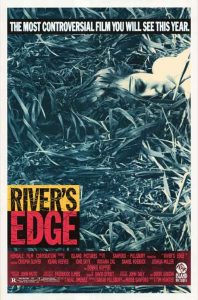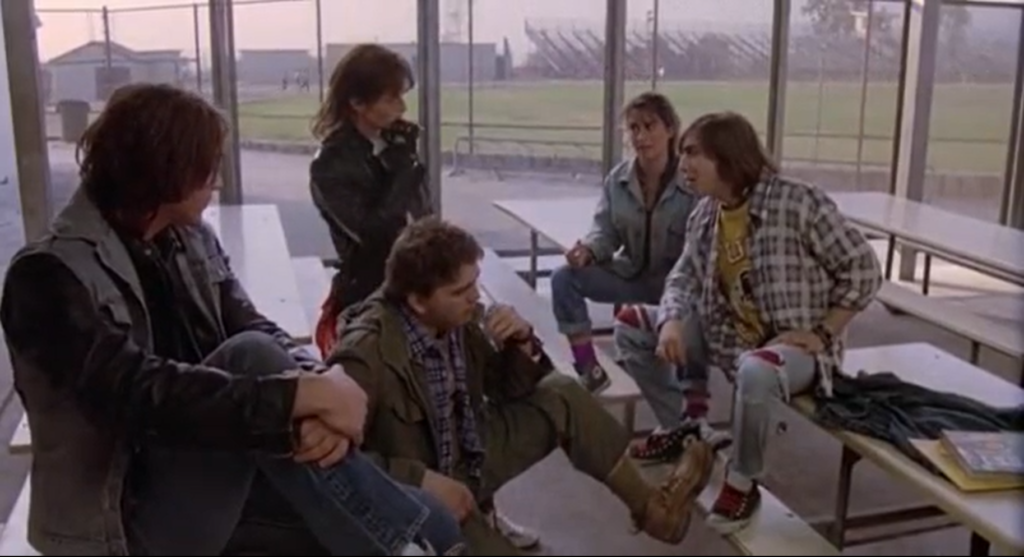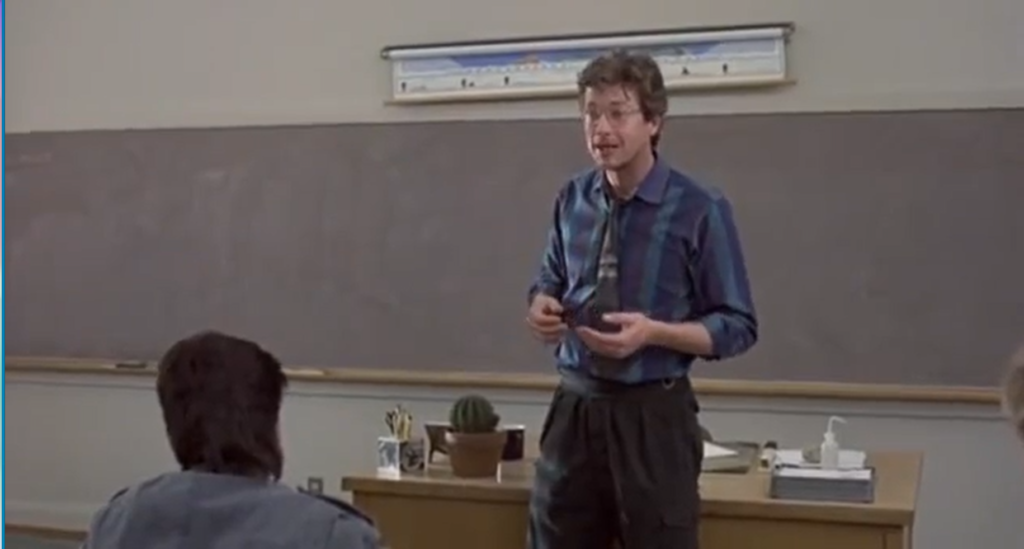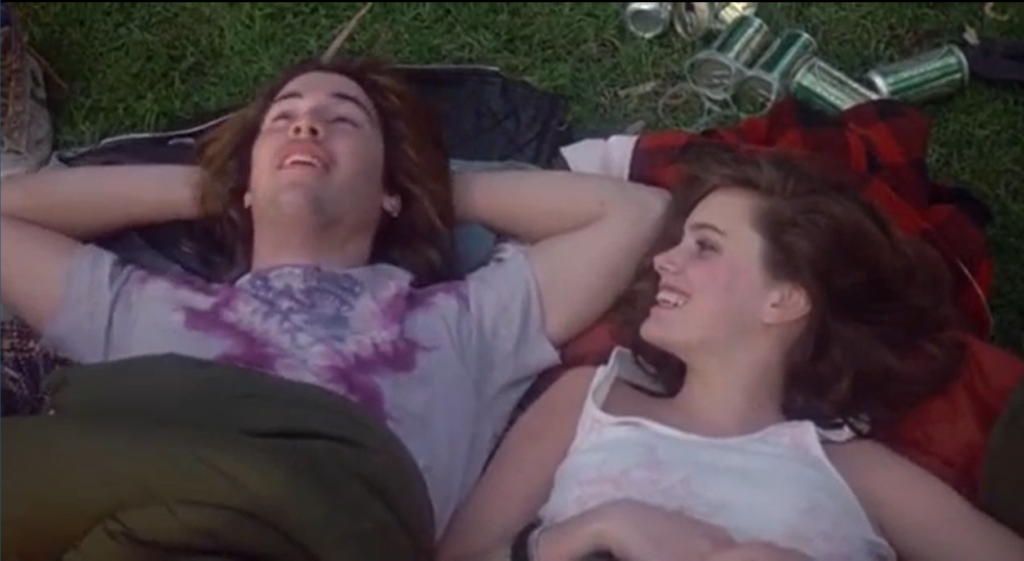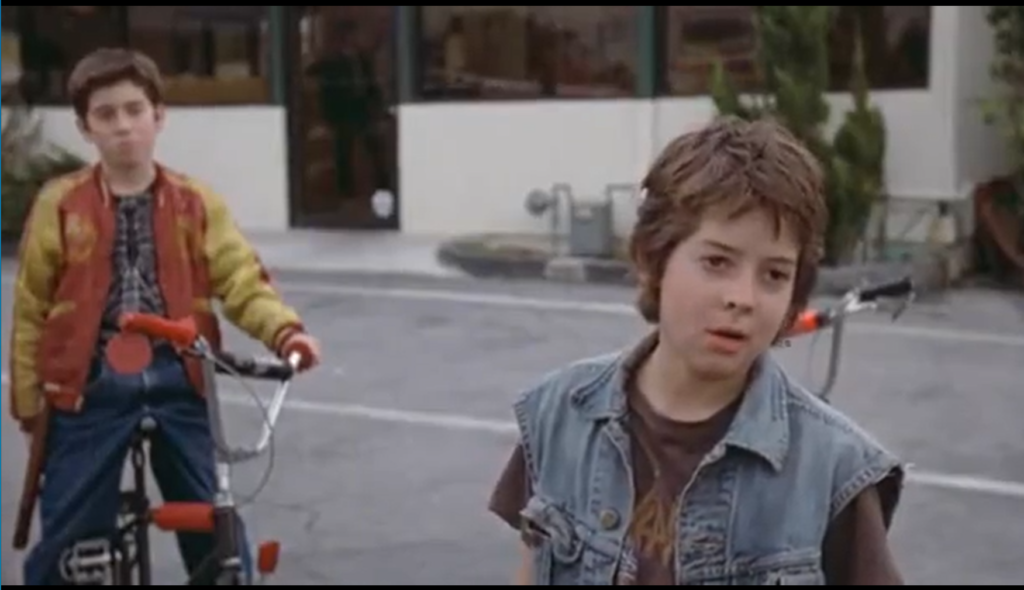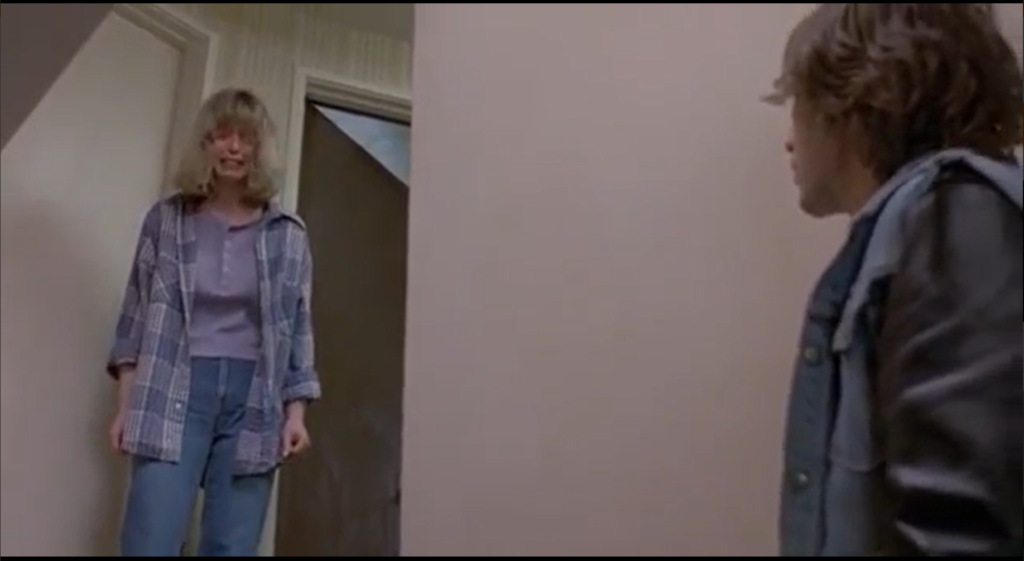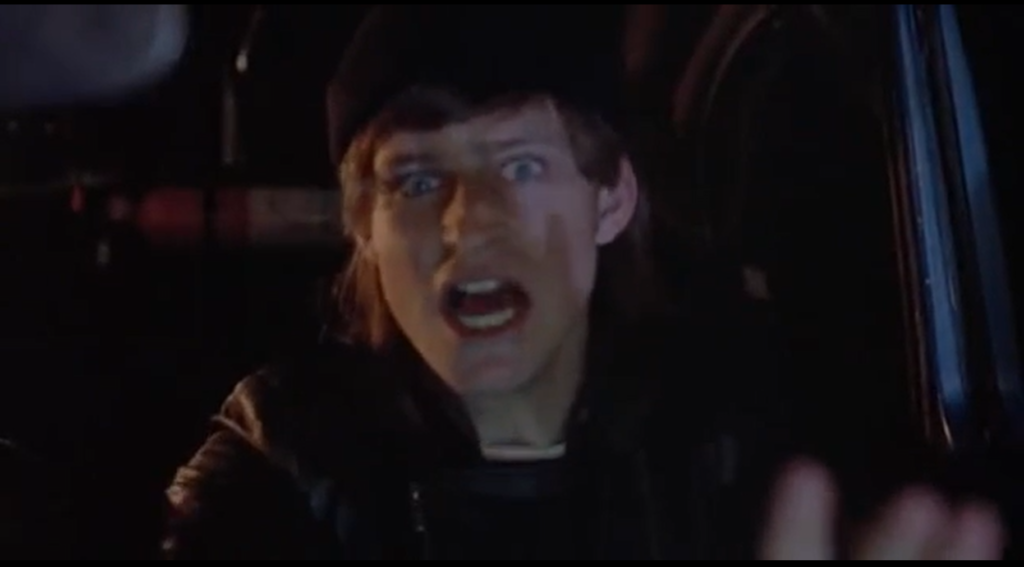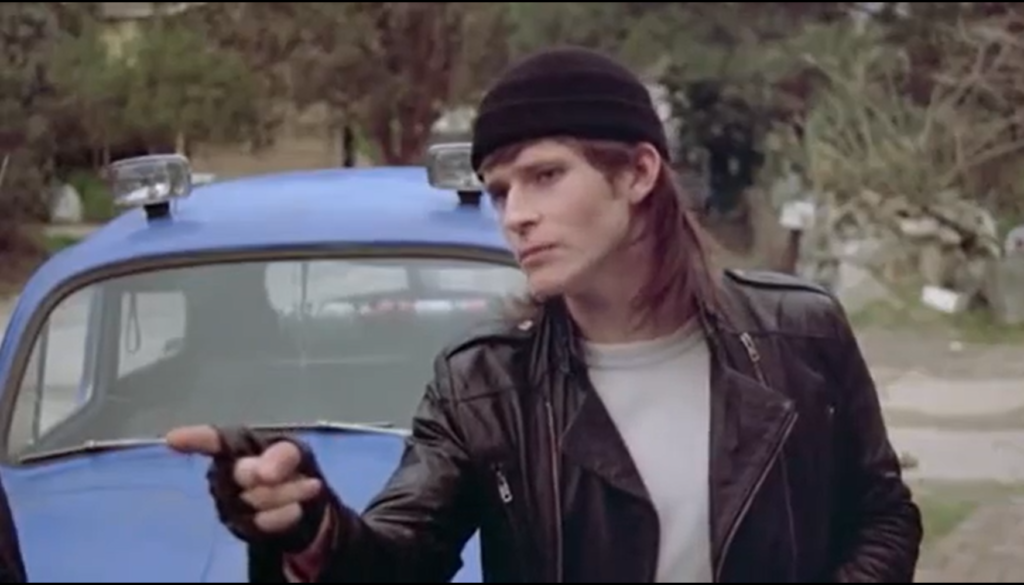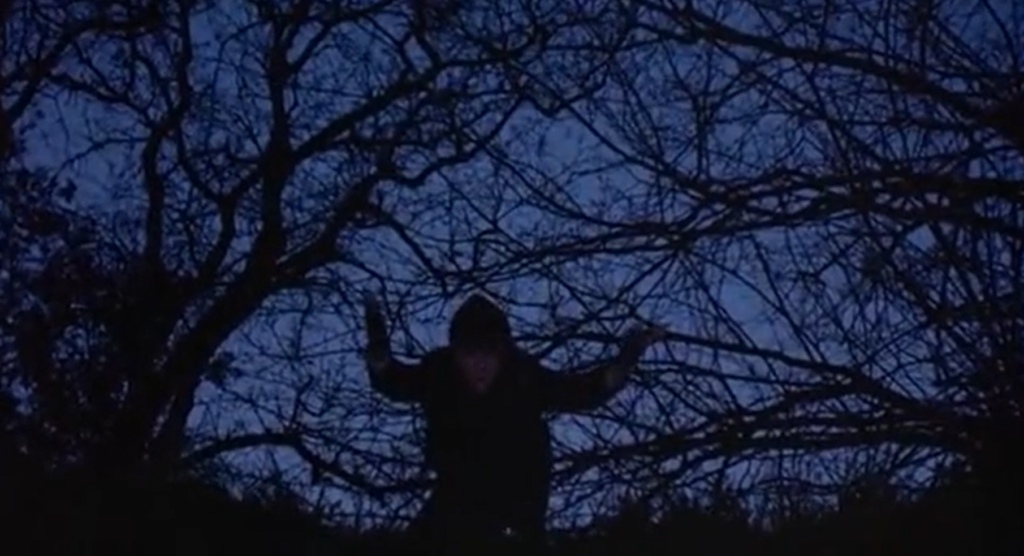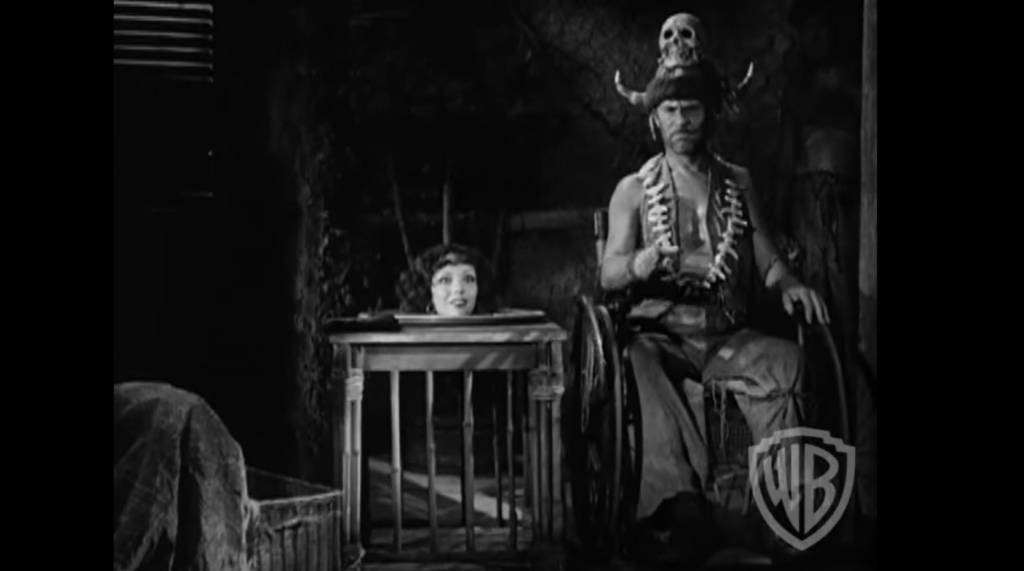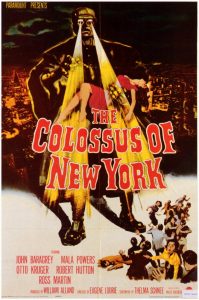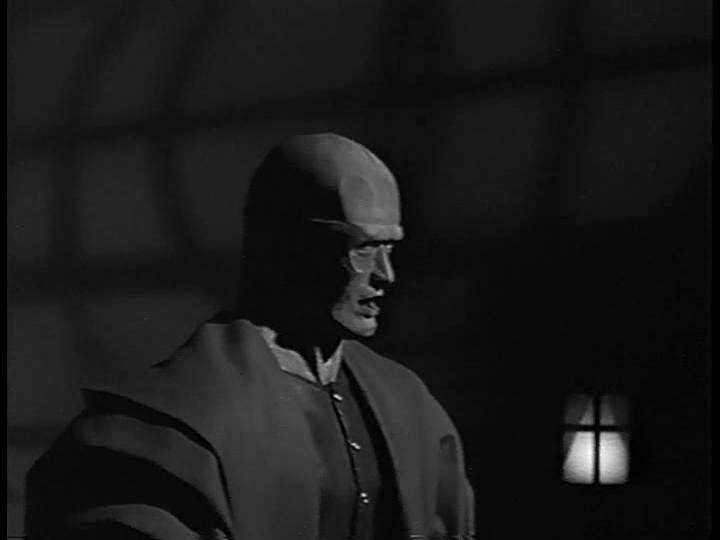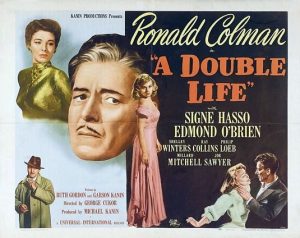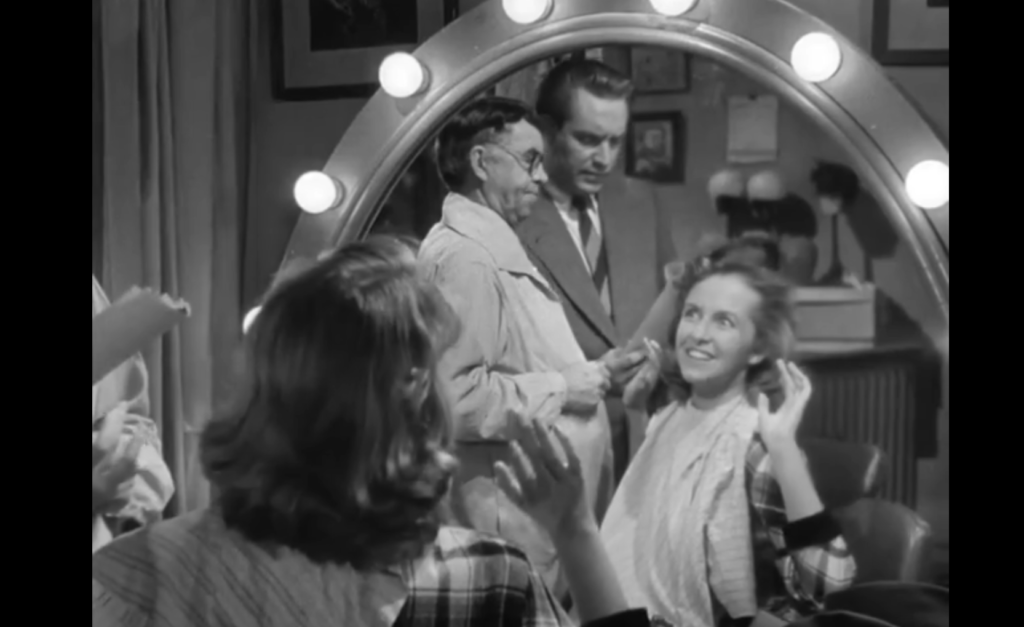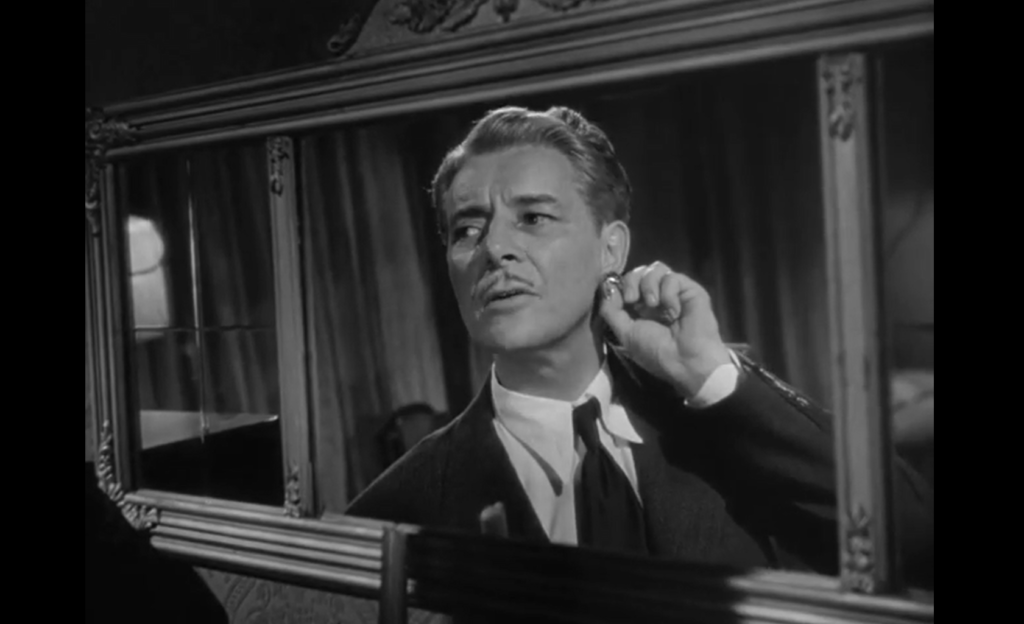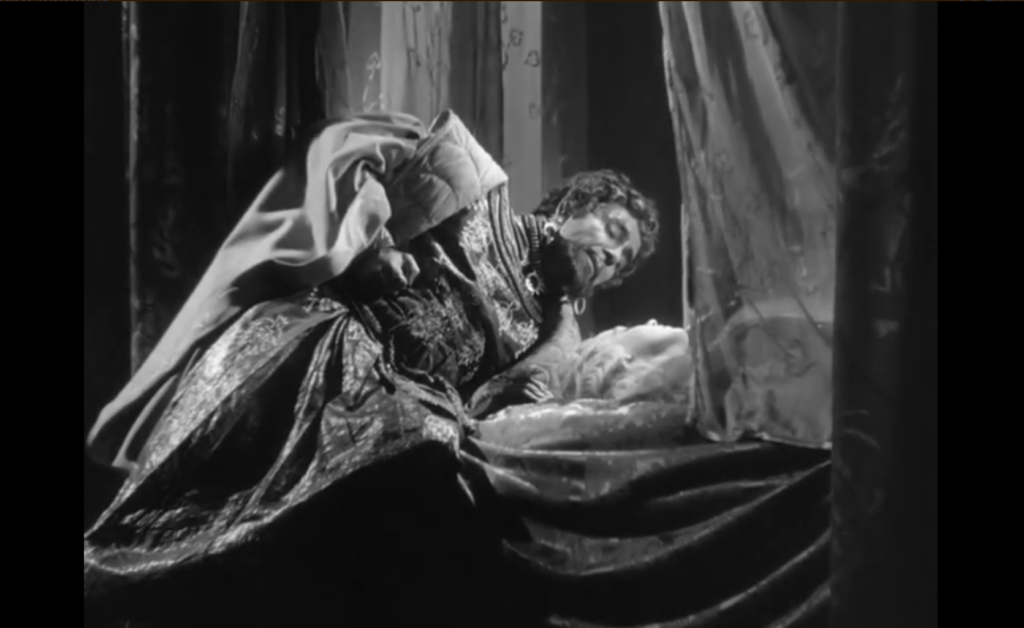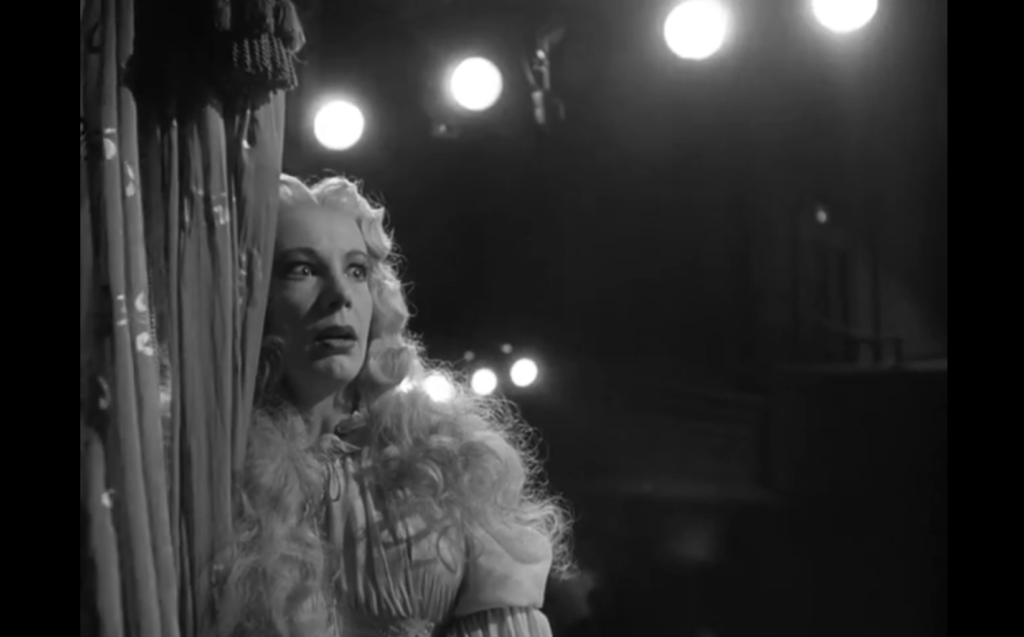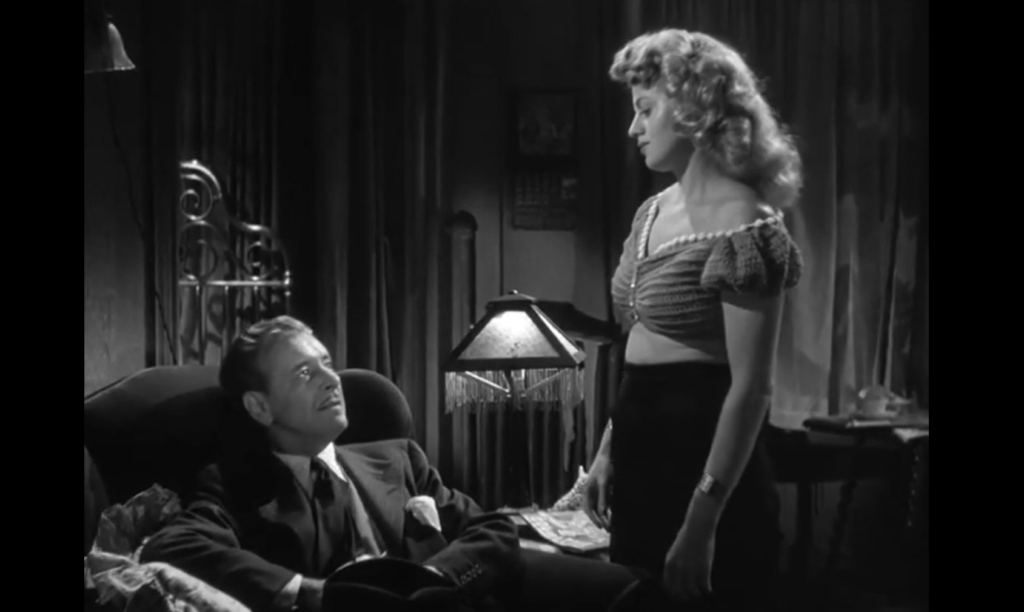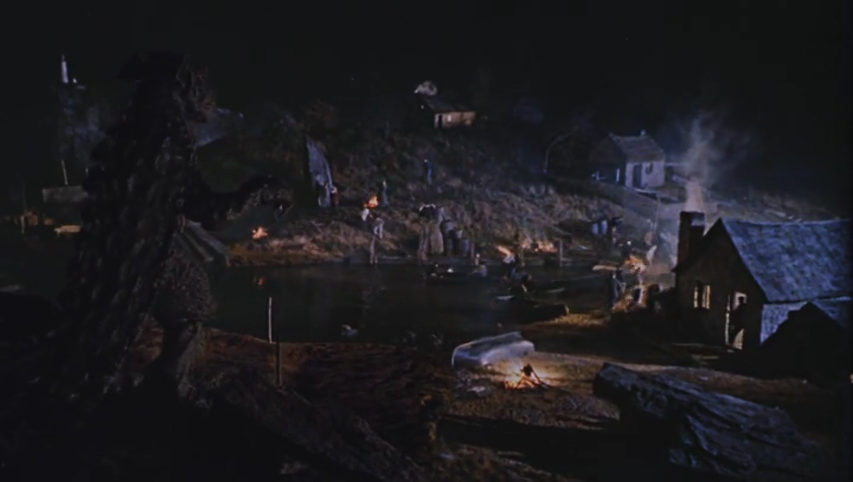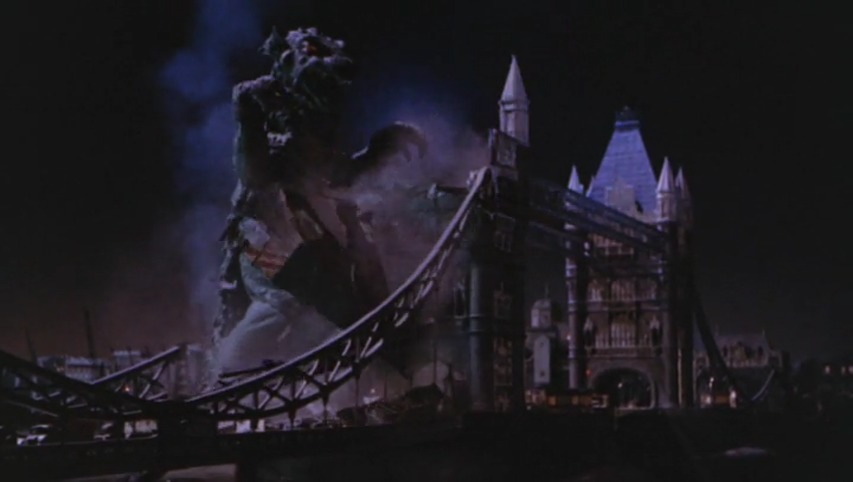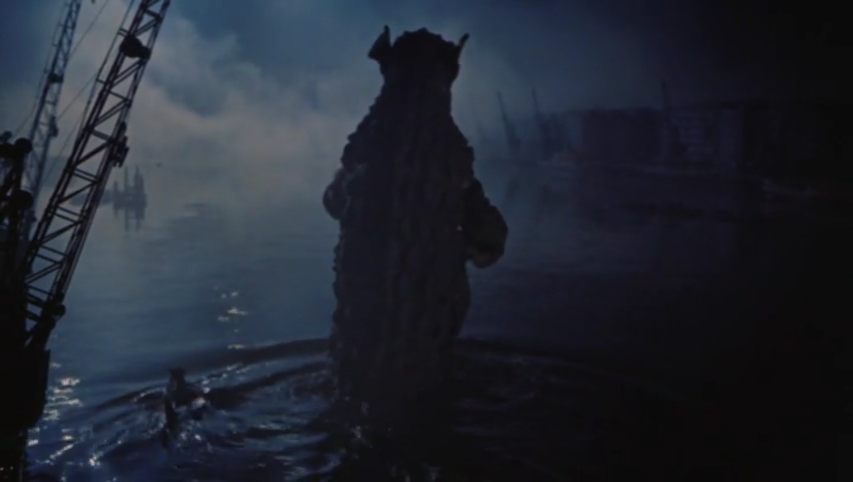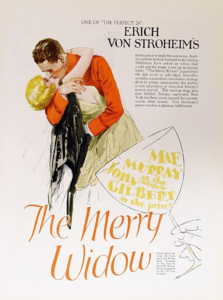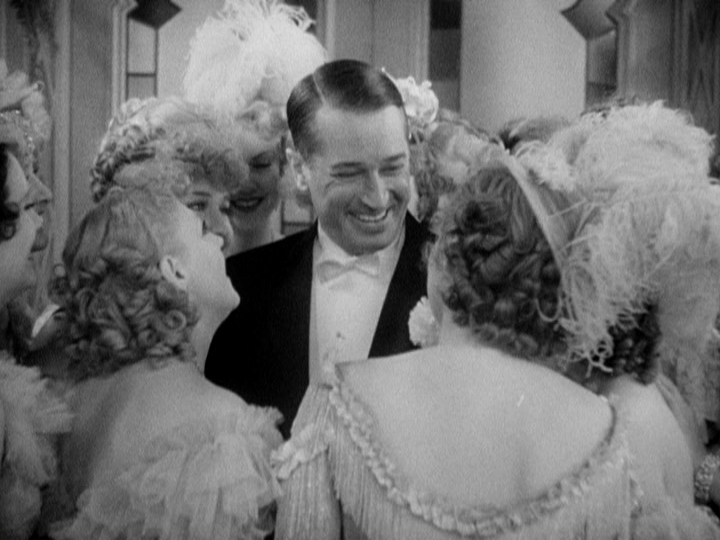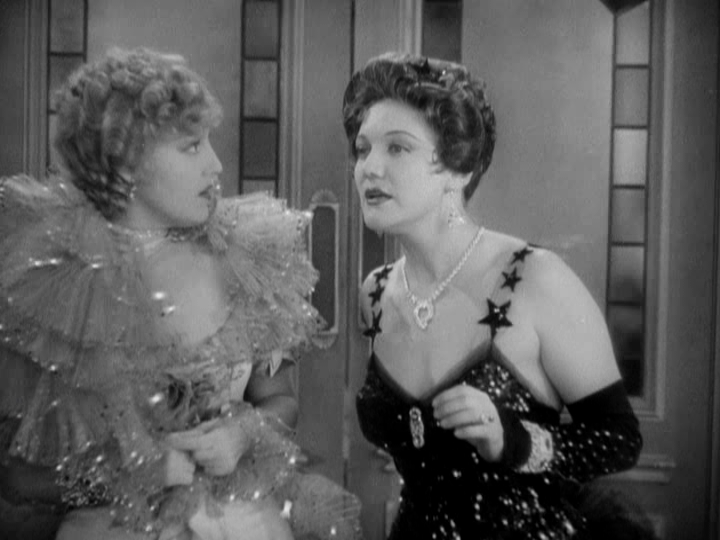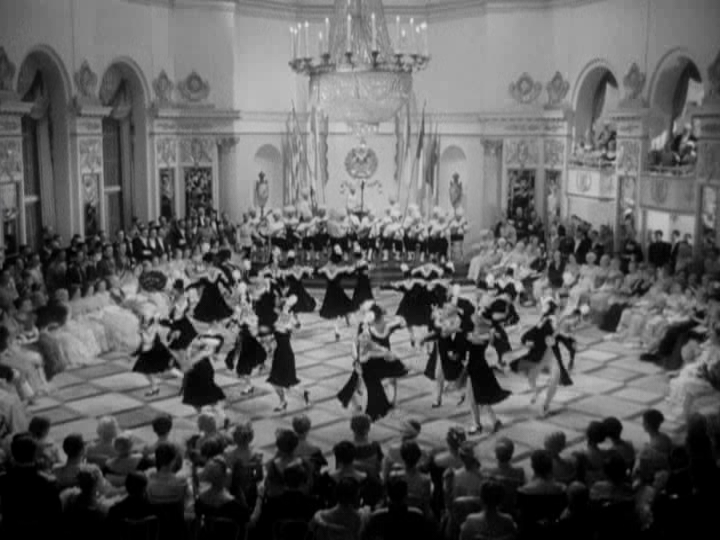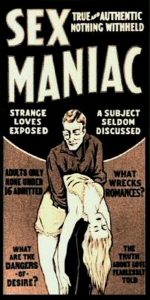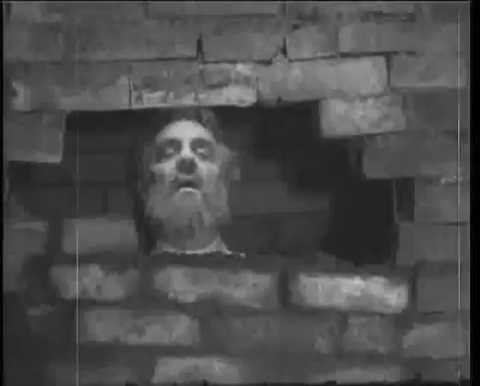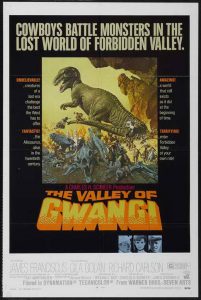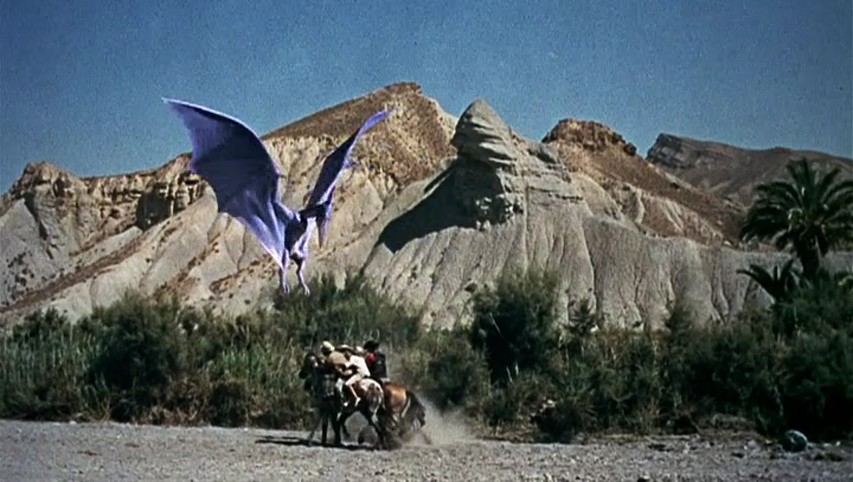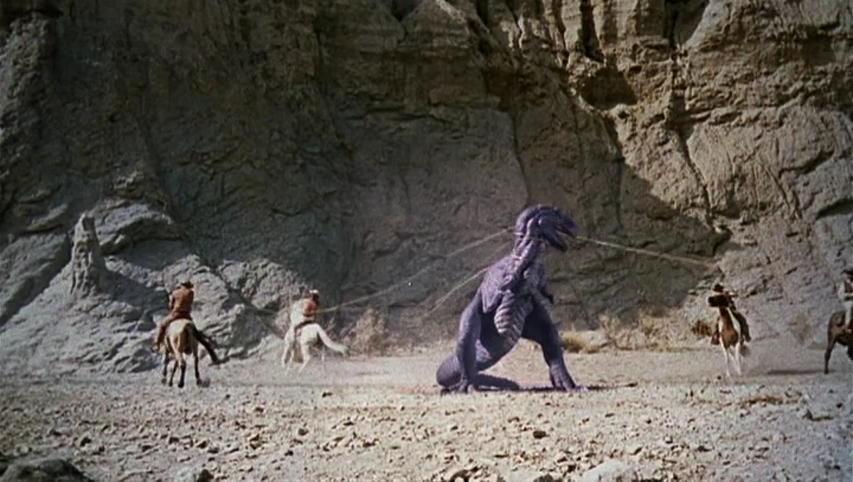River’s Edge (1986)
“That’s it? He murders Jamie and we just ignore it?”
|
Synopsis: |
|
Genres:
Review: Screenwriter Neal Jimenez situates this group of aimless teens between two key adults: their former-activist high school teacher (Jim Metzler), who can’t seem to get over the loss of his era: and his counterpart (Hopper), an openly disturbed yet oddly sympathetic one-time murderer who finds solace in a life-size female doll (21 years before Lars and the Real Girl [2007] became the best-known movie to cover this territory). Reeves and Skye — who strike up a steamy affair in the midst of the central conflict over “to tell or not to tell” — are presumably meant to serve as the film’s moral compass: … but the presence of Reeves’ demonic younger brother (Joshua John Miller) indicates that generations aren’t trending in the right direction: … and their pot-smoking, overwhelmed, divorced mom (Constance Forslund) is simply one clear symptom why. Crazed Glover ties with Hopper as perhaps the film’s most memorable character — a stoner and would-be leader with a passionate (if dysfunctional) sense of loyalty to the living. Note: Click here to read more from a reporter’s perspective on how the original murder case deviates from what was depicted on-screen. Redeeming Qualities and Moments: Must See? Categories Links: |
